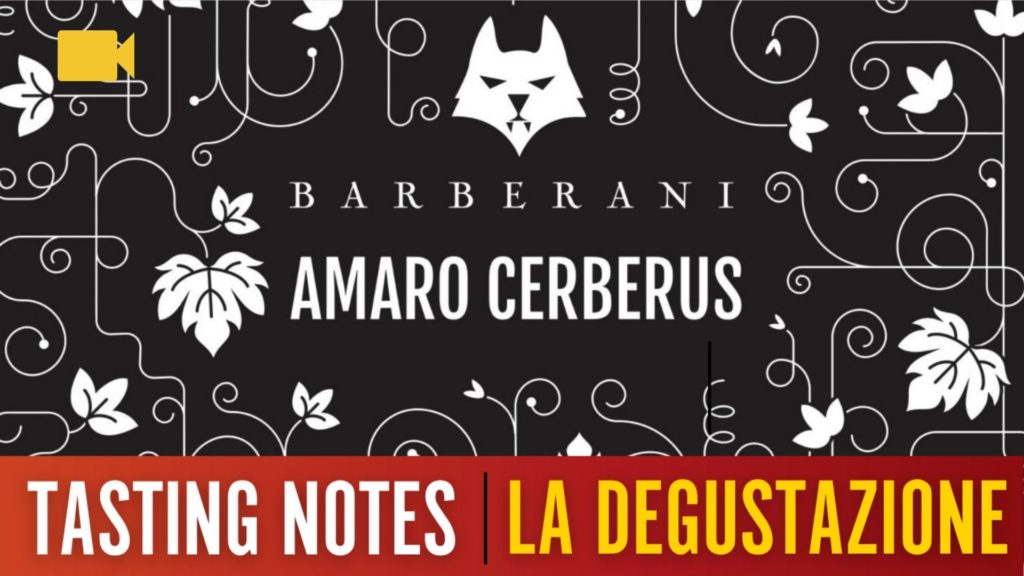A Family Winery
Amaro Cerberus is a passion project of the Barberani family winery. Located along the banks of Lago di Corbara, in Umbria, they have been producing wines since 1961. They are grateful stewards of their land, and farm in accordance with organic and sustainable practices in the hopes of preserving the local ecosystem.
Unique Terroir for Wine and Amaro
The land surrounding Lake Corbara is punctuated by steep and rolling hills and a complex and diverse terrain. Clay and limestone along with fossilized marine is ideal for wine growing. Optimal drainage and healthy roots leads to a solid structure and ample aromas in the wine. The vineyards are encircled by forests in plentiful indigenous plants.
A morning fog coats hydrates the vineyards and in harmony with a blazing Central Italian sunshine enables peak ripeness and sturdy vines.

Local and International Grape Varieties
Barberani produces Orvieto DOC, a distinctive white grapes, including indigenous Grechetto. They produce an Umbria IGT made from Grechetto exclusively for a full expression of the variety. They also produce a delicate rosé, and a Boreaux-style red blend among others.
What Exactly is Amaro?
Amaro is Italian for bitter. As a noun it is akin to bitters, in English, alcoholic liqueurs infused with bitter ingredients.
The amaro we know of today is a pleasant digestif (after-dinner drink) or a cocktail mixer, but its roots, much the aperitif or aperitivo, run deep. Botanical extracts and infusions of herbs and spices have been in use as traditional medicinals throughout the world. What began in the healer’s tent, graduated to the apothecary, and then to the pharmacy where it was prescribed as a sold as digestive tonic, and lastly to the bar.
Amaro comes in many categories and in varying degrees of sweetness, based on the recipe, but the common denominator is a high alcohol content (around 40% ABV) and infusion of herbs, spices, bark, citrus rinds, and even in some cases coffee and flower buds. The darker styles of of Amaro that lean more toward the bitter with piquant almost minty qualities are known as Fernet. Fernet Branca is the brand that put Amaro on the map, but it’s only one of many Fernet-style amari worth tasting.

What’s inside Amaro
Amaro comes in an array of styles, many passed down through generations and influenced heavily by local tradition and indigenous flora. Some of the most common ingredients include: bay leaf, sage, lemon balm (melissa), gentian, angelica root, cardoon, cinchona (china), lemon verbena, juniper berries, mint, citrus peel, elderflower, ginger, cinnamon, clove, and anise.
Amaro Research and Recipe
The Barberani family consulted master distillers as well as seasoned amaro experts and mixologists like Matteo Zed of Amaro Obsession, in order to create product that would satisfy the traditional after-dinner digestive, as well play a key role in today’s explosive cocktail culture. Amaro has gained traction worldwide, and much in part thanks to talented and creative bartenders that understand and appreciate the complex and versatile aromas and flavors in amaro.
Cerbus contains a proprietary blend of around 50 herbs, spices, and plant. We couldn’t get the recipe this time around, but if we ever do, we’ll certainly keep it under lock and key.




